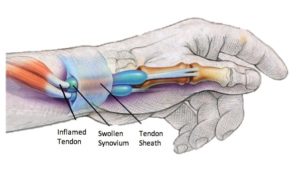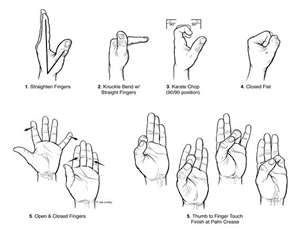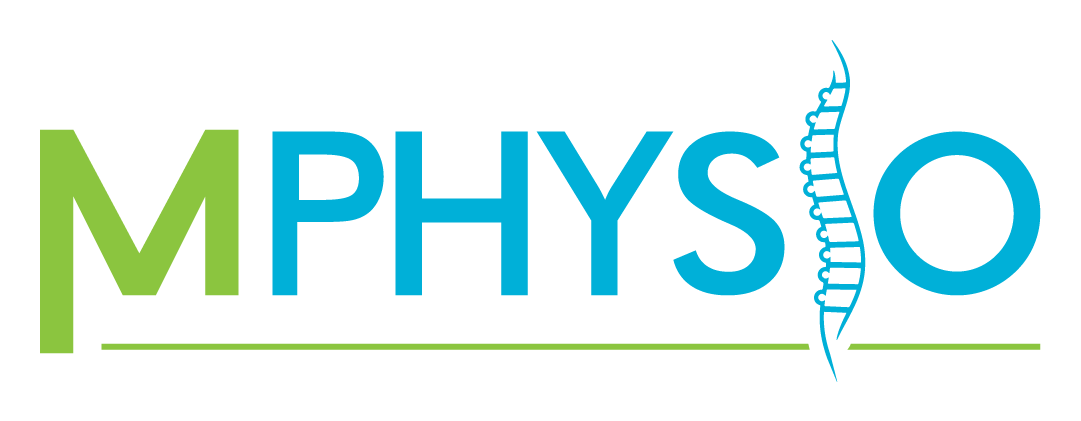Physiotherapy
What is Tenosynovitis?

Tenosynovitis is the inflammation of the sheaths which surround the tendons in your body.
What is Tenosynovitis?
Tendons are responsible for connecting your muscle to your bone, and can become inflamed when required to rapidly adjust to new loads. Inflammation of the surrounding sheaths means that the space in which tendons normally move is reduced. This means that irritation occurs with muscular contraction as the tendons are forced to move in this reduced pathway. Whilst this condition most commonly affects the tendons in your hands and feet, it can occur to any tendon in the body. De Quervain’s tenosynovitis is a common presentation of this condition, affecting two of the tendons that are responsible for movement of your thumb.
Symptoms of Tenosynovitis
- Difficulty moving joint, and pain with movement
- Swelling in the area of the affected joint
- Tenderness or pain around a joint
- Redness running along the length of the tendon
Causes of Tenosynovitis
Primary – occupational or recreational cumulation of micro-trauma due to overloading the tendon and surrounding tissues.
Secondary causes are other conditions that contribute to the inflammation of the tendinous sheaths include:
- Rheumatoid arthritis
- Systemic Lupus
- Bacterial/fungal/viral infection
- Gout
Specific causes of de Quervain’s Tenosynovitis include:
Repeated movements of the hand and thumb which place the abductor pollicis longus and extensor pollicis brevis under stress including grasping, pinching, squeezing or wringing may contribute to inflammation of the synovium (sheath). The thumb is also a common area for arthritis which predisposes it to this type of injury.
Physiotherapy Treatment for Tenosynovitis
As this is an inflammation related condition, a large part of treatment surrounds reducing inflammation. This means that key elements of treatment include rest or time away from especially aggravating activities. In the initial period, a medical practitioner may suggest use of NSAIDs such as ibuprofen to manage the pain and inflammation. Some patients may be recommended to use regular 10-15 minute intervals of ice where possible.
It is important to maintain some movement of the tendons in order to limit the effects of disuse, as well as gently rehabilitating the tendon and surrounding structures to movement. Mobilisation exercises will include a series of tendon gliding exercises which are very basic movements to assist movement of the tendons through their sheaths, these will vary depending on the area of the body affected. Other exercises may include general joint movements to facilitate motion.

For de Quervain’s specific exercises include, a thumb opposition stretch, wrist stretches for the extensors and flexors, grip strength, radial deviation strengthening and a finger spring exercise. The finger spring exercises is where you place a rubber band around your fingers and thumb and try and stretch out the rubber band as much as you can.
For the hand and thumb, depending on the severity of your condition, a splint may be recommended to help reduce inflammation by preventing overuse of the affected tendons. Commonly for de Quervain’s a thumb spica splint will be prescribed for a few weeks, it is recommended to wear it as many hours of the day as possible.
If the condition is ongoing, and appears unresponsive to physiotherapy treatment after 6-8 weeks, your physiotherapist may choose to refer you back to your GP for further medical consultation. This may include referral to a specialist or surgeon in severe cases.
If you have symptoms that fit the descriptions above, please feel free to contact us if you have any questions and we can book you in for an appointment with one of our talented physiotherapists!
~ 1800 992 999
References
https://www.sports-health.com/sports-injuries/hand-and-wrist-injuries/nonsurgical-treatment-de-quervains-tenosynovitis
https://www.ncbi.nlm.nih.gov/books/NBK525766/
